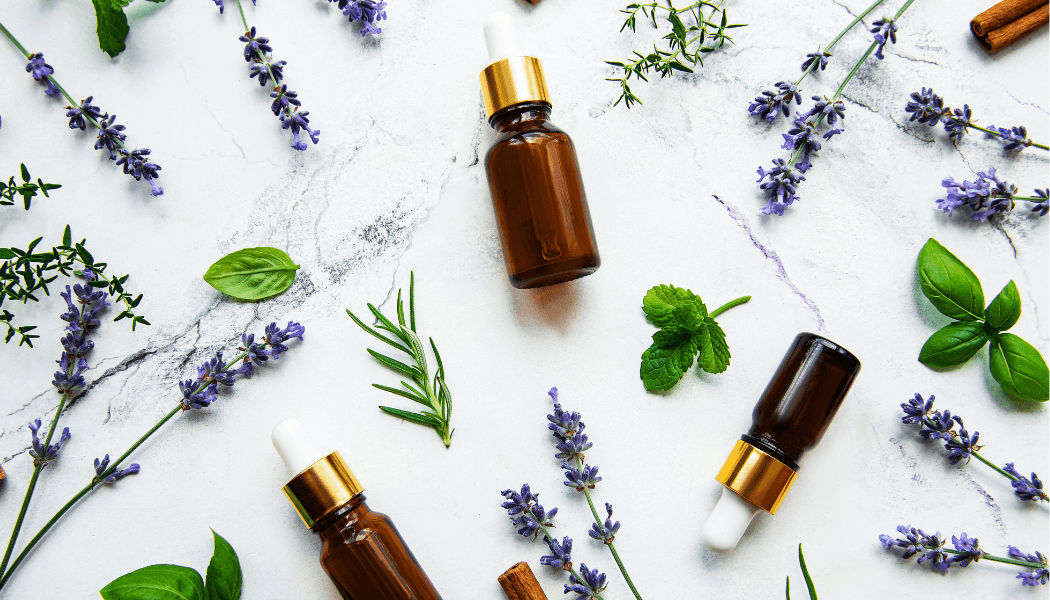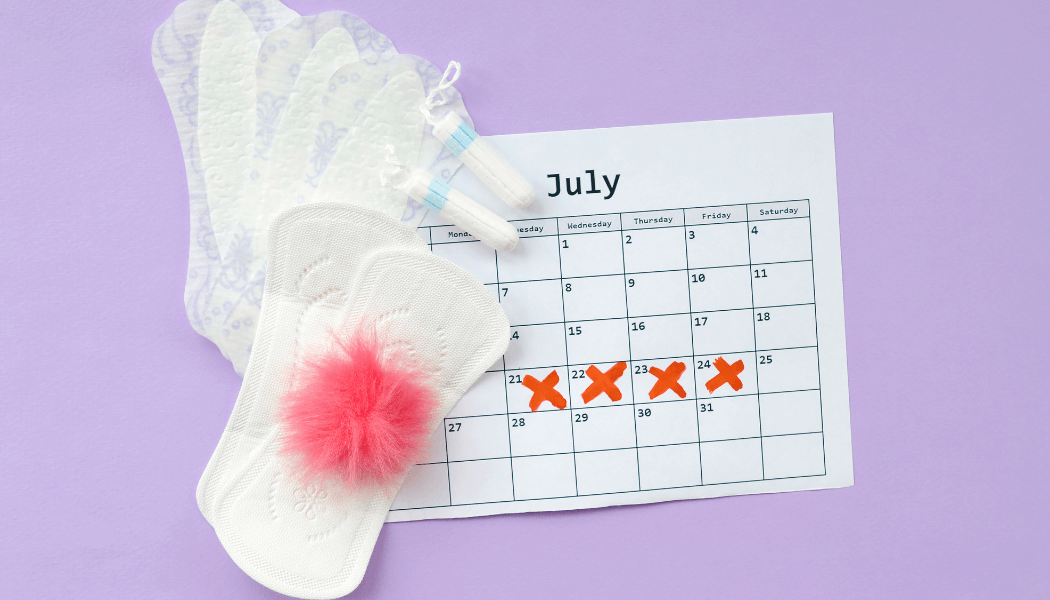Get Rid of Yeast Infections With These Natural Ingredients

Introduction
Hey there! Dealing with a yeast infection can be a real pain, but what if I told you there might be a natural way to kick it to the curb? Yup, you heard me right. No need to rush to the drugstore or deal with any harsh chemicals. Instead, we're going to explore some amazing natural ingredients that might just do the trick.
Now, I know what you're thinking. "Is this too good to be true?" Well, I'm here to tell you that it's not. Many people have found relief from yeast infections using natural remedies, and I'm excited to share some of those with you today.
So, if you're ready to say goodbye to that pesky yeast infection and hello to a more natural approach, keep reading. We've got some fantastic ingredients lined up that just might be the answer you've been searching for. Let's dive in, shall we?
Yogurt and Probiotics: Restore Healthy Bacteria
If you're dealing with a yeast infection and looking for a natural solution, then yogurt and probiotics might just be your new best friends. Yogurt contains live cultures of lactobacillus acidophilus, a type of healthy bacteria that can help restore the natural balance in your vagina. These good bacteria fight off the overgrowth of yeast and can help alleviate the symptoms of a yeast infection. Probiotics, on the other hand, are supplements that contain different strains of beneficial bacteria. They can be taken orally or inserted directly into the vagina to promote a healthy vaginal environment. Adding yogurt (plain yogurt, no sugar) to your diet or taking probiotic supplements can not only target your current yeast infection but also prevent future infections by maintaining a healthy balance of bacteria in your body. So go ahead and enjoy some yogurt or pop those probiotics – your body will thank you for it!
Tea Tree Oil: A Natural Anti-Fungal Remedy
Tea tree oil has long been hailed as a natural anti-fungal remedy and can be an effective solution for treating yeast infections. This potent essential oil is derived from the leaves of the Melaleuca alternifolia tree, which is native to Australia. Its antifungal properties make it a popular choice for addressing various skin conditions, including yeast infections.
Tea tree oil contains compounds called terpenes, which have been shown to possess antifungal and antimicrobial properties. These terpenes help inhibit the growth of Candida albicans, the common yeast that causes infections. By applying tea tree oil directly to the affected area, you can potentially reduce itching, inflammation, and discomfort associated with yeast infections. By the way, one of the active ingredients in V-Blissful Soothing Solution is
Australian Tea Tree Oil.
It's important to note that tea tree oil should always be diluted before use to prevent skin irritation. Mix a few drops of tea tree oil with a carrier oil, such as coconut oil or sweet almond oil, and apply it topically to the affected area. Alternatively, you can add a few drops of tea tree oil to your bathwater for a soothing and healing soak.
While tea tree oil can offer relief from yeast infections, it's crucial to consult with a healthcare professional before using any natural remedies, especially if you are pregnant or breastfeeding. They can provide guidance on appropriate usage and recommend additional treatments if necessary.
Incorporating tea tree oil into your natural remedies arsenal may help eliminate yeast infections in a safe and effective manner. However, it's important to combine this treatment with other healthy habits such as maintaining good hygiene, wearing breathable clothing, and following a balanced diet that promotes gut health. By addressing the root causes of yeast infections while using natural ingredients like tea tree oil, you can improve your chances of finding long-lasting
Coconut Oil: Moisturize and Soothe Inflamed Skin
If you're looking for a natural way to get rid of a yeast infection, look no further than your pantry. Coconut oil, with its numerous health benefits, can help moisturize and soothe inflamed skin caused by a yeast infection.
### Anti-fungal Properties
Coconut oil contains a compound called lauric acid, which has powerful anti-fungal properties. This means that it can help combat the overgrowth of Candida, the fungus responsible for yeast infections. Applying coconut oil topically to the affected areas can create a barrier against further growth and provide relief from itching and irritation.
### Moisturizing Effect
Yeast infections often leave the skin dry and irritated. Coconut oil is an excellent natural moisturizer that can help restore moisture to the affected areas. It forms a protective layer on the skin and locks in moisture, preventing further dryness and promoting healing.
### Soothing Relief
The anti-inflammatory properties of coconut oil can also provide soothing relief from the discomfort associated with yeast infections. It can help reduce redness, swelling, and itching, making you feel more comfortable while your body fights off the infection.
To use coconut oil for a yeast infection, simply apply a thin layer to the affected areas two to three times a day. Be sure to choose organic virgin coconut oil for best results. However, it's important to note that while coconut oil may be effective in relieving symptoms, it is not a substitute for medical treatment. Once again V-Blissful Soothing Solution contains Coconut Oil to help soothe and calm.
Garlic: An Ancient Anti-Fungal Herb
If you're looking for a natural way to get rid of a yeast infection, look no further than your kitchen cabinet. Garlic, an ancient anti-fungal herb, has been used for centuries to combat various infections, including yeast infections. The active ingredient in garlic, allicin, has powerful anti-fungal properties that can help eliminate the overgrowth of Candida, the fungus responsible for yeast infections. To use garlic as a natural remedy, simply crush a clove of garlic and apply it directly to the affected area. Alternatively, you can consume garlic orally to help fight the infection from the inside out. While garlic may have a strong odor, its effectiveness in treating yeast infections makes it a popular choice among those seeking natural remedies.
Baking Soda: Reducing Acidity and Itching
If you're looking for a natural way to get rid of a yeast infection, you may be surprised to learn that baking soda can help. Baking soda, also known as sodium bicarbonate, has long been used for its ability to reduce acidity and soothe itching. When applied topically, baking soda can help balance the pH levels in the affected area, creating an environment that is less favorable for the growth of yeast. Its alkaline nature can also help alleviate the itching and burning sensation that often accompanies a yeast infection. To use baking soda, simply mix a small amount with water to create a paste and apply it to the affected area. Leave it on for a few minutes, then rinse thoroughly with water. Repeat this process a few times a day until the symptoms subside. It's important to note that while baking soda can provide temporary relief, it is not a substitute for medical treatment. If your symptoms persist or worsen, it's best to consult a healthcare professional for proper diagnosis and treatment.
Hydrogen Peroxide: Killing the Yeast Overgrowth
If you're looking for a natural way to get rid of a yeast infection, hydrogen peroxide may be your answer. This common household ingredient has been found to be effective in killing the overgrowth of yeast that causes the infection. How does it work? Hydrogen peroxide is a powerful oxidizer, which means it can break down the cell walls of yeast cells, ultimately killing them off. To use hydrogen peroxide for a yeast infection, you can try the following steps:
1. Dilute the hydrogen peroxide: It's important to dilute the hydrogen peroxide before using it on your skin or sensitive areas. Mix equal parts of water and hydrogen peroxide to create a solution that is safe to use.
2. Apply the solution: Using a clean cotton ball or pad, gently apply the diluted hydrogen peroxide to the affected area. Be sure to cover the entire area and leave it on for a few minutes.
3. Rinse thoroughly: After a few minutes, rinse the area with warm water to remove the hydrogen peroxide solution. Be careful not to leave any residue behind, as it can cause irritation.
It's important to note that while hydrogen peroxide can be effective in treating yeast infections, it may not work for everyone. If you experience any discomfort or worsening of symptoms, it's best to consult with a healthcare professional.
Conclusion
In conclusion, while there are many natural ingredients that have been touted as remedies for yeast infections, it's important to approach these claims with caution. Natural remedies may offer some relief, but they are not guaranteed to be a cure-all. It's always best to consult with a healthcare professional if you suspect you have a yeast infection.
Remember, prevention is key when it comes to yeast infections. Maintaining good hygiene, avoiding irritants, and wearing breathable clothing can all help reduce the risk of developing an infection. And if you do find yourself dealing with a yeast infection, don't be afraid to seek medical advice and explore all available treatment options.
Ultimately, the most important thing is to prioritize your health and well-being. By staying informed and taking proactive steps, you can effectively manage and treat yeast infections, whether through natural remedies or medical intervention.



